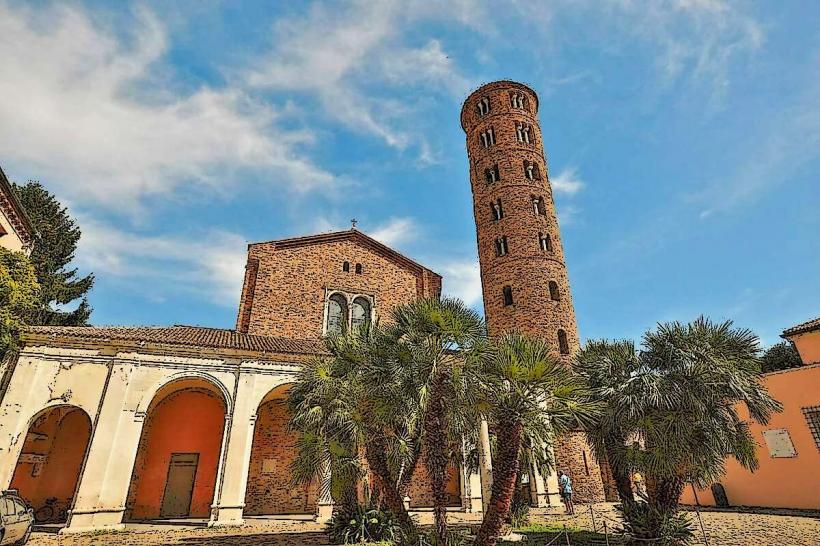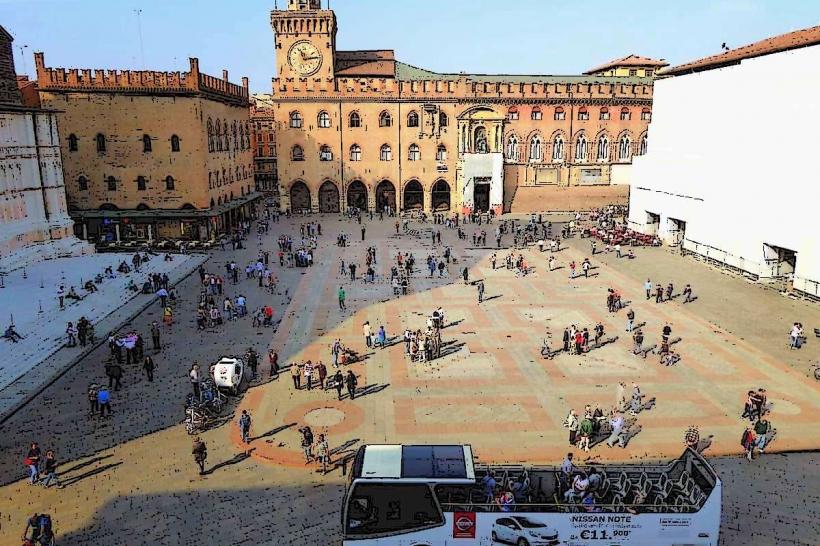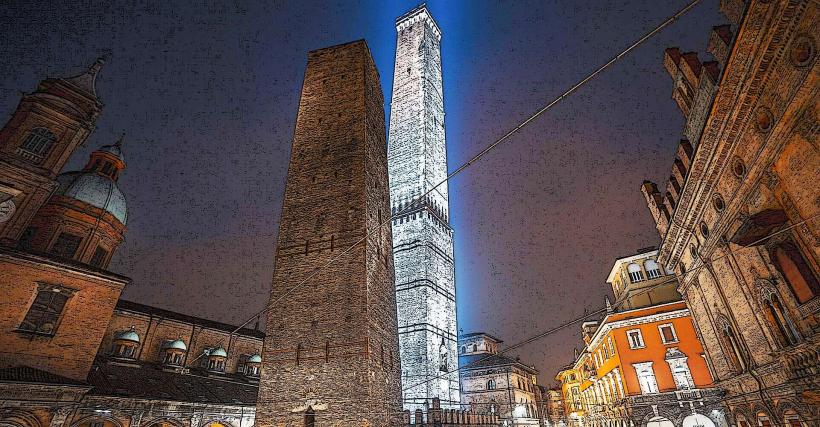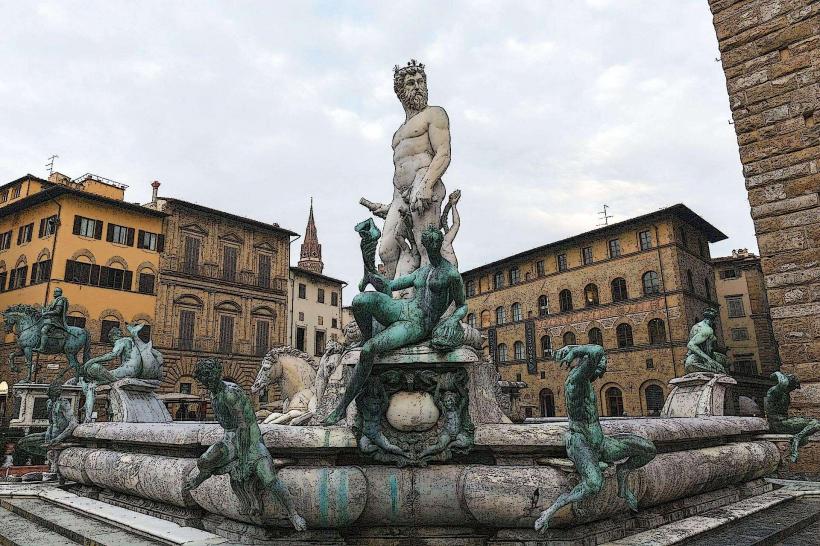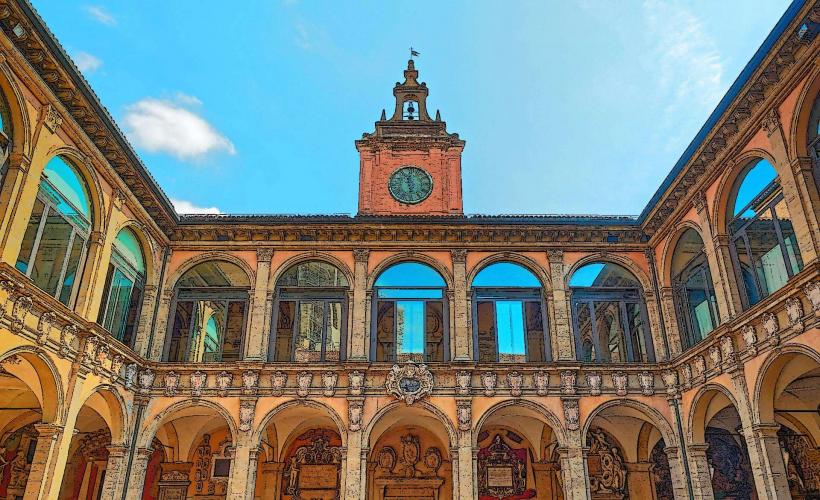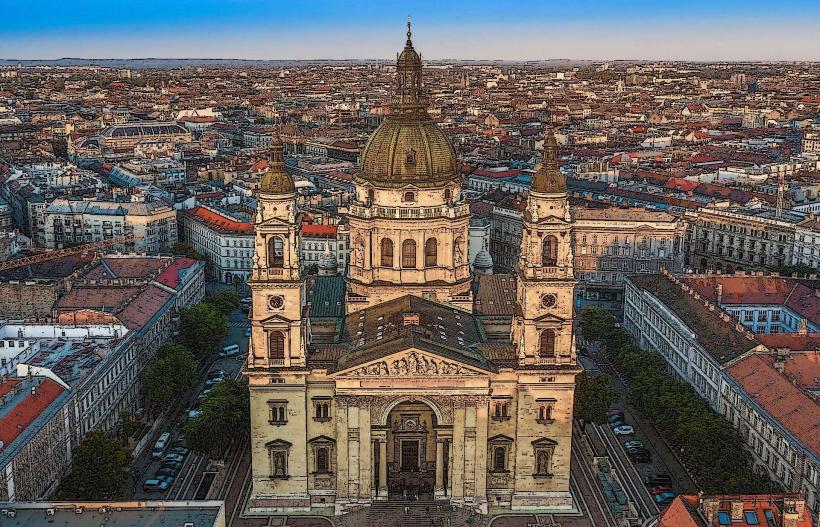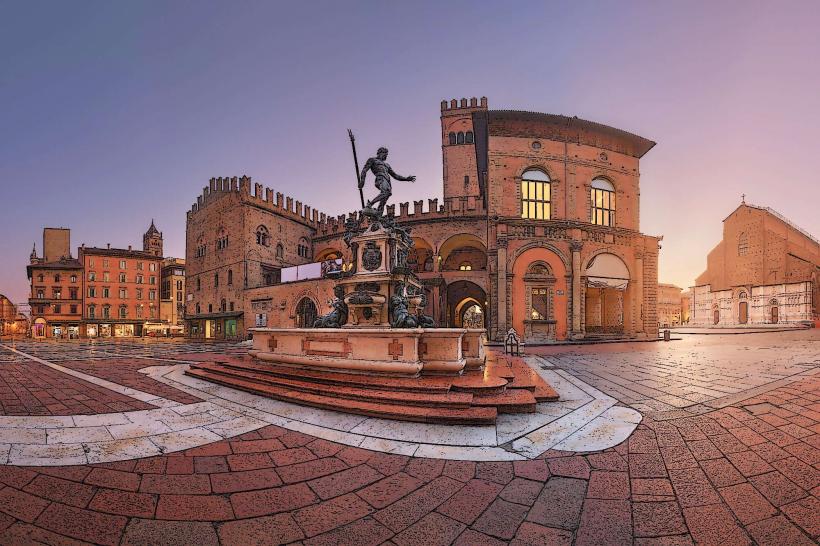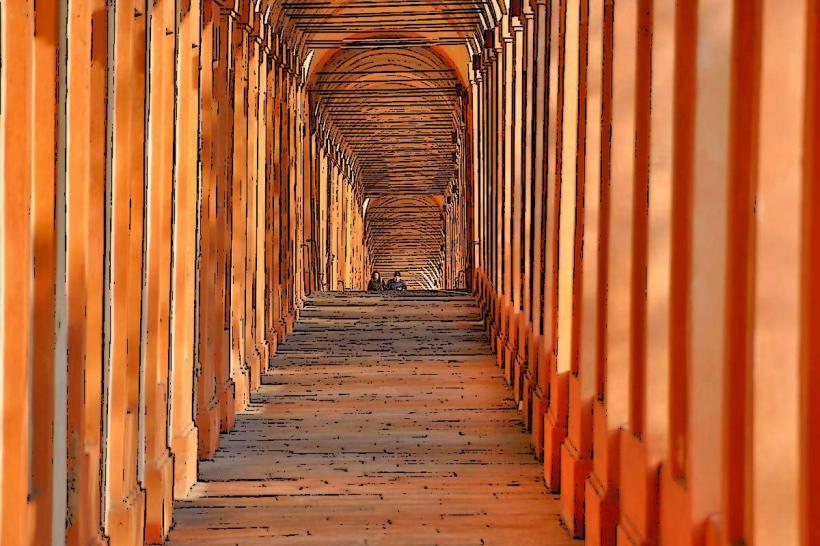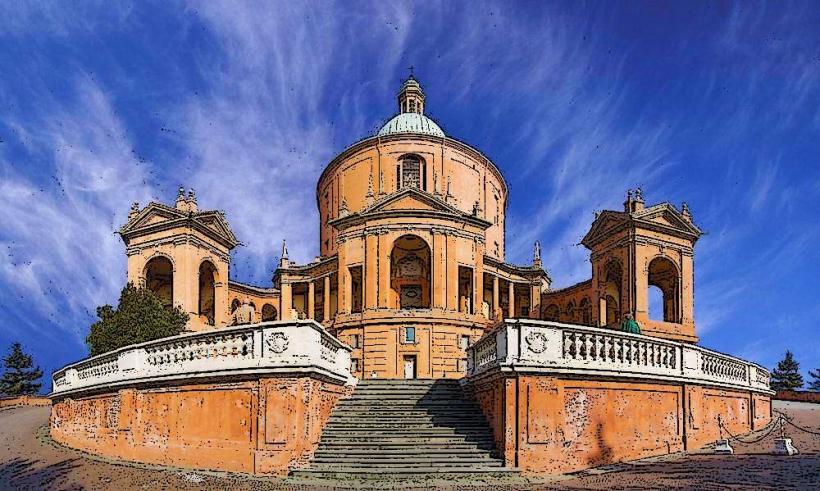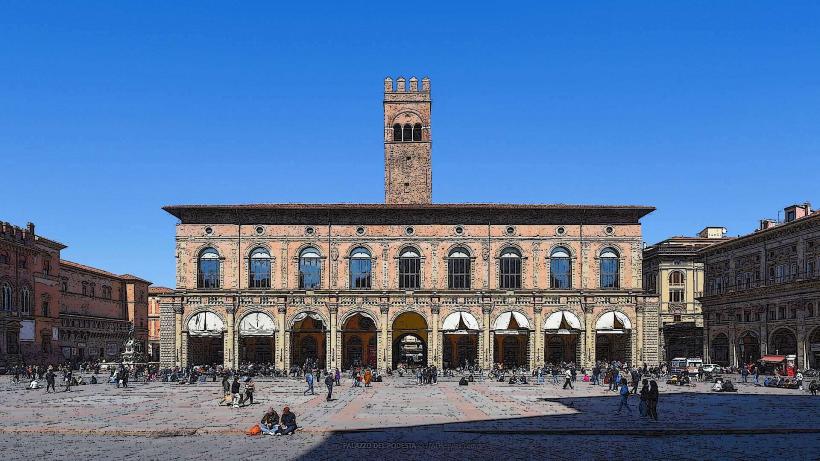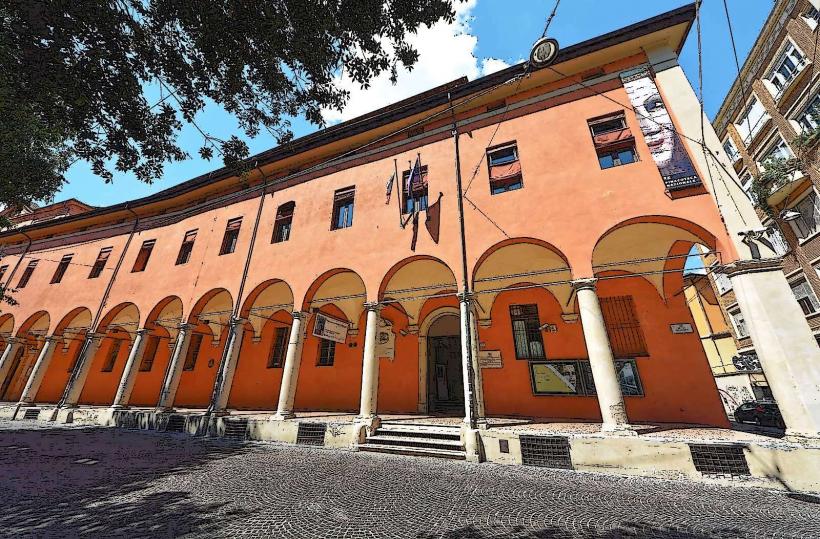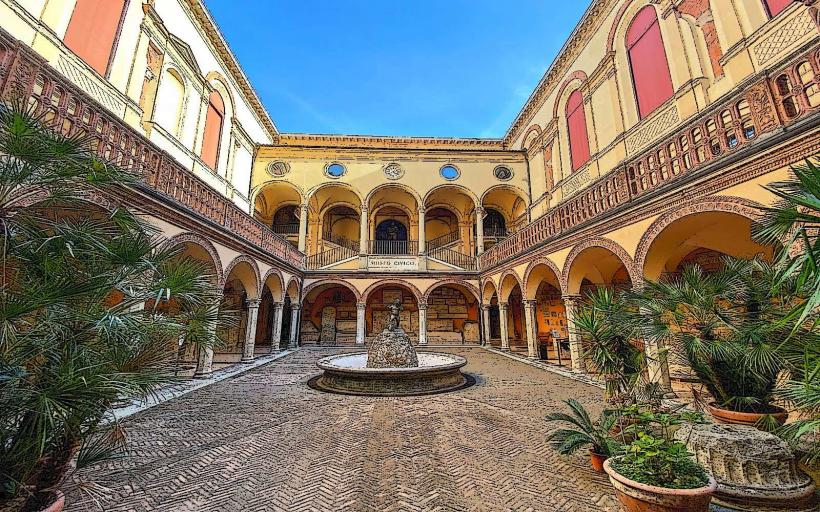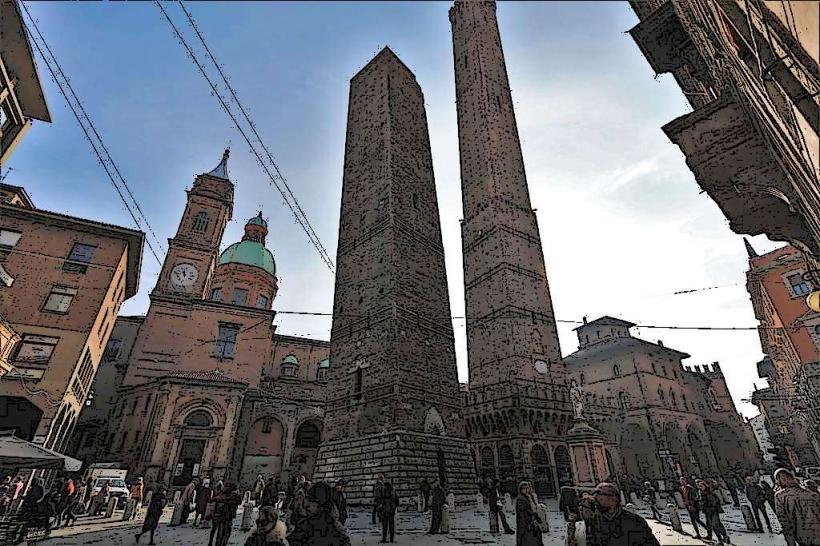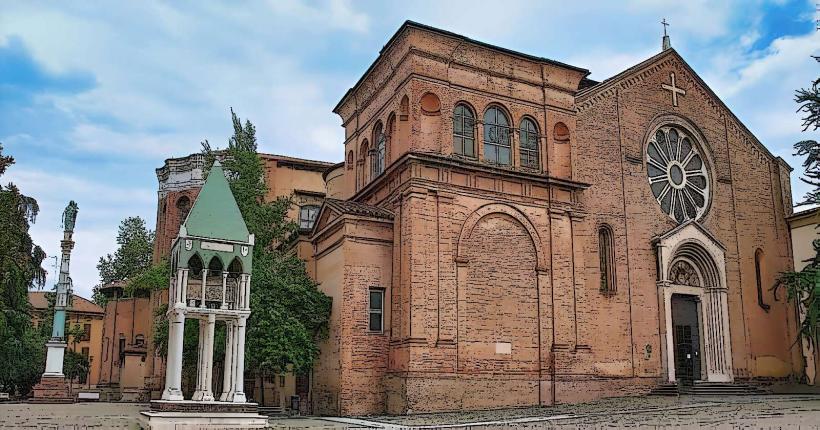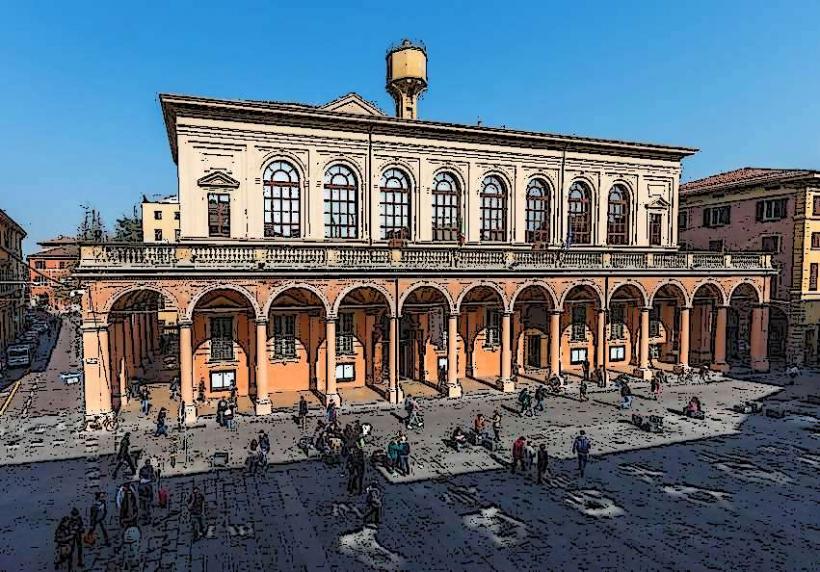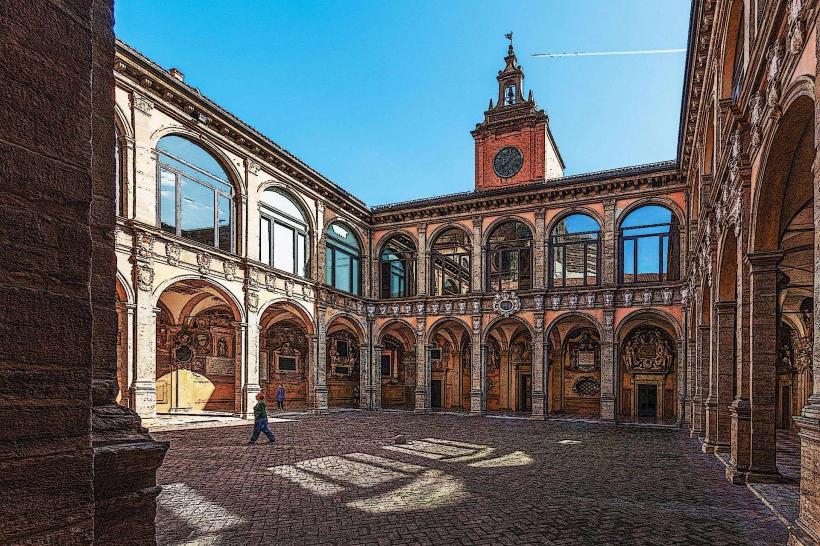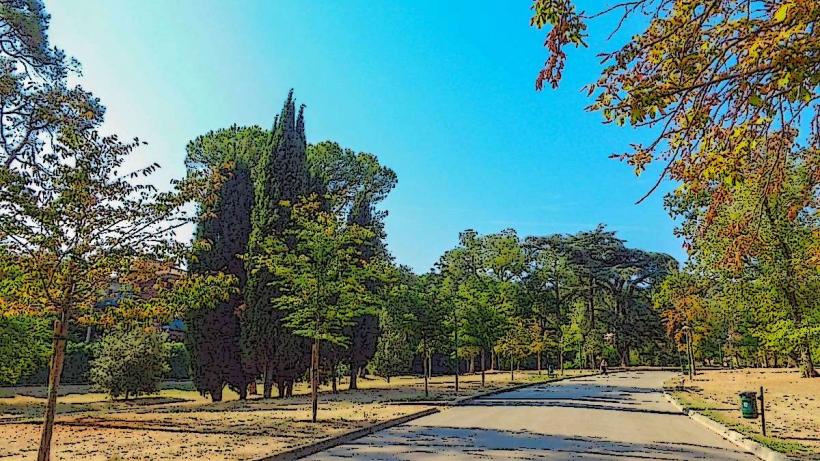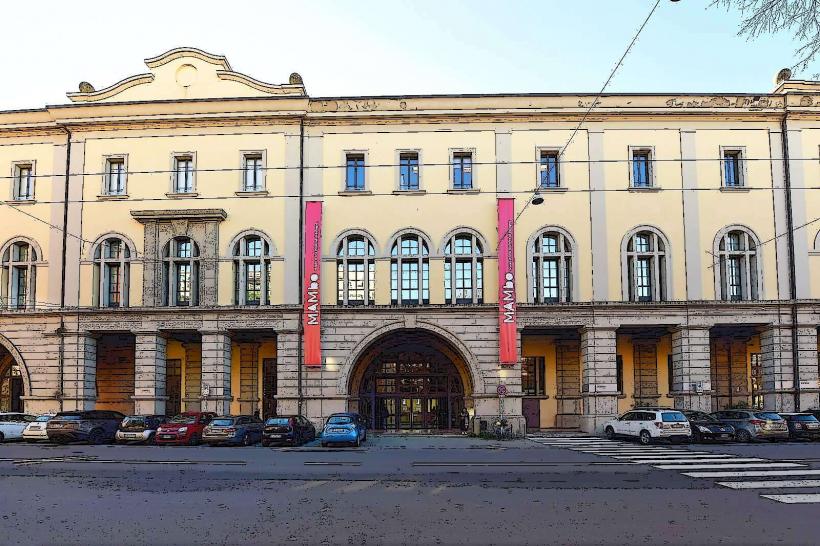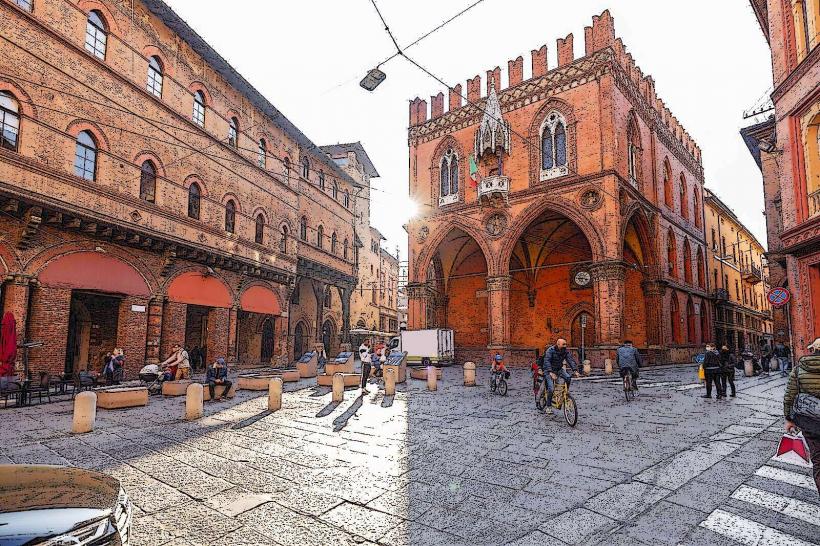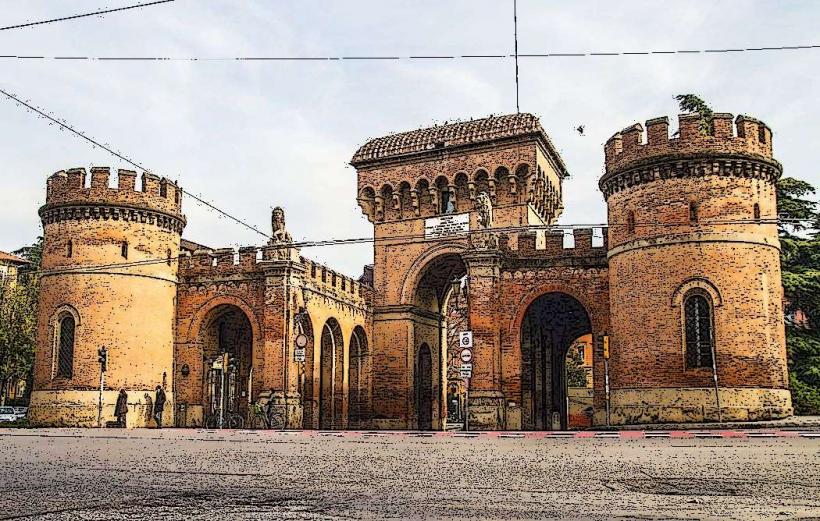Information
Landmark: National Gallery of ParmaCity: Bologna
Country: Italy
Continent: Europe
The National Gallery of Parma (Galleria Nazionale di Parma) is one of Italy’s most important art museums, located in the city of Parma, in the region of Emilia-Romagna. It houses an exceptional collection of Italian Renaissance and Baroque artworks, making it a must-visit destination for art lovers and history enthusiasts.
Key Features of the National Gallery of Parma:
Historical Background:
- The gallery was founded in the 19th century and is housed in the Palazzo della Pilotta, a vast architectural complex in the heart of Parma. The palace was originally constructed for the Duchy of Parma, and its rooms have been repurposed for various functions over the centuries, including as a royal residence, military barracks, and, since 1760, a cultural center.
- The National Gallery itself was established in 1821, following the transfer of the collections from the Palazzo del Giardino and other parts of the city, and was officially recognized as a state museum in the 19th century.
Location – Palazzo della Pilotta:
- The Palazzo della Pilotta is a magnificent Renaissance building that serves as the home of the National Gallery of Parma. The complex also includes the Teatro Farnese, an impressive Baroque theater, and the Archaeological Museum of Parma, as well as the Palazzo del Giardino.
- The Palazzo was originally designed by the famous architect Giovanni Battista Aleotti and was expanded over the centuries. It stands as a significant cultural center in Parma, housing several important institutions within its walls.
Collection Highlights: The National Gallery of Parma boasts an extensive collection of works from the Renaissance to the Baroque periods, with particular emphasis on the Parmigianino, Correggio, and Giorgio Vasari.
- Correggio: One of the most celebrated artists from Parma, Antonio Allegri da Correggio is well represented in the museum with several of his masterpieces. His works, known for their use of light and shadow and sensuous realism, are key examples of High Renaissance art.
- One of the most famous works in the museum by Correggio is the "The Adoration of the Shepherds" (c. 1520), a painting that showcases his skill in creating deep, emotional scenes.
- Parmigianino: The Mannerist artist Girolamo Francesco Maria Mazzola, better known as Parmigianino, is another cornerstone of the gallery’s collection. His elongated figures, graceful compositions, and highly refined technique epitomize Mannerism, a style that developed as a reaction against the harmony of the Renaissance.
- A notable piece by Parmigianino in the collection is the "Madonna with the Long Neck" (c. 1535), which is one of his most famous and distinctive works, exemplifying his unique interpretation of form and space.
- Giorgio Vasari: The Florentine artist and architect Giorgio Vasari, known for his biographies of Renaissance artists, also has works displayed at the National Gallery of Parma, including his "The Adoration of the Magi" and other important pieces that reflect his role in the development of Mannerism.
Other Key Artists and Works:
- The museum also has important works by other Italian masters, including Gianfrancesco Albani, Giuseppe Maria Crespi, Francesco Albani, and Carlo Bononi.
- Among the most impressive works are several religious paintings that explore themes of the Holy Family, saints, and biblical scenes, alongside portraits of noble families from the region.
Artistic Styles Represented:
- The gallery is especially renowned for its Renaissance and Baroque paintings, and the collection spans these styles from the Early Renaissance through to the Late Baroque period. Visitors can see both classicism and the dramatic contrasts of light and shadow in these styles, with artists transitioning from the harmony of the Renaissance to the more dynamic and exaggerated forms of Baroque art.
- The collection also offers a view into Mannerism, which developed in the late Renaissance as an extension of its artistic principles, focusing on unnatural proportions, elegant compositions, and a departure from the idealized forms of classical antiquity.
Significant Paintings and Works:
- The Madonna of the Rose Garden by Correggio: This is one of the masterpieces of the collection, a beautiful example of Correggio’s innovative use of light and form.
- The Holy Family by Parmigianino: This painting highlights the artist’s signature style, with elegant and elongated figures that evoke a sense of grace and movement.
- The Adoration of the Shepherds by Giorgio Vasari: A fine example of Vasari's religious scenes, combining dramatic emotion and carefully crafted figures.
Museum Layout and Visitor Experience:
- The National Gallery is spread across several rooms and galleries within the Palazzo della Pilotta, each room dedicated to different periods and styles of Italian art.
- Along with the art collection, visitors can explore the Palazzo della Pilotta’s historical architecture, including its grand staircases and galleries, which create an immersive experience that blends art and history.
- The museum also often hosts temporary exhibitions that explore specific themes or highlight particular artists, making it a dynamic space for both permanent and changing exhibitions.
Educational Programs:
- The National Gallery of Parma offers a variety of educational programs, including guided tours, workshops, and special events designed to engage visitors with the art collection and the historical context of Parma’s artistic heritage.
- It also serves as a place for art research, where scholars and students can explore the collections for academic purposes.
Cultural and Historical Importance:
- The National Gallery of Parma is not only an important artistic institution but also a key element in the cultural identity of Parma, a city known for its rich history as a center of art, music, and literature.
- Parma itself, known for its Renaissance and Baroque architecture, offers visitors a full experience of Italy’s artistic legacy, and the gallery is central to this experience.
In Summary:
The National Gallery of Parma offers an exceptional collection of Renaissance and Baroque art, with a focus on the works of Correggio, Parmigianino, and Giorgio Vasari, among other masters. Located in the historical Palazzo della Pilotta, the museum provides a deep dive into Italian art history, showcasing the beauty and complexity of these periods. It is an essential destination for anyone interested in the artistic development of Italy, offering a unique insight into the creative geniuses of the Renaissance and Baroque periods.

